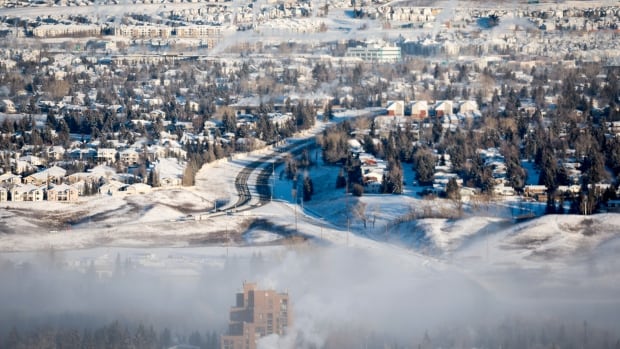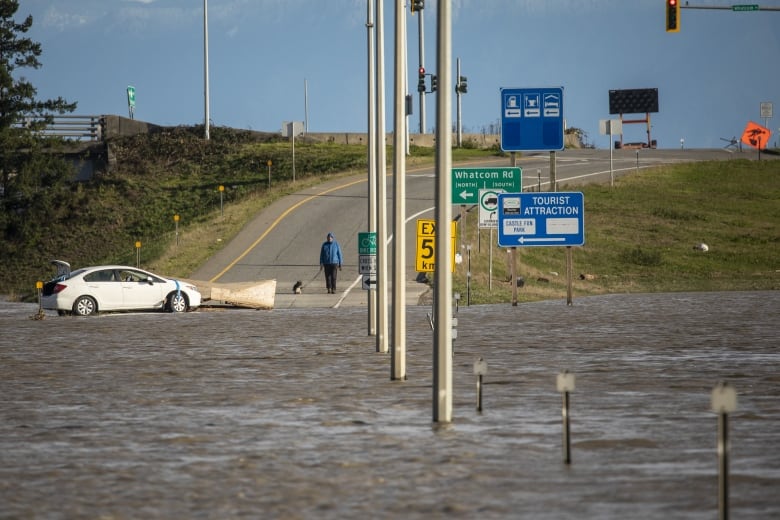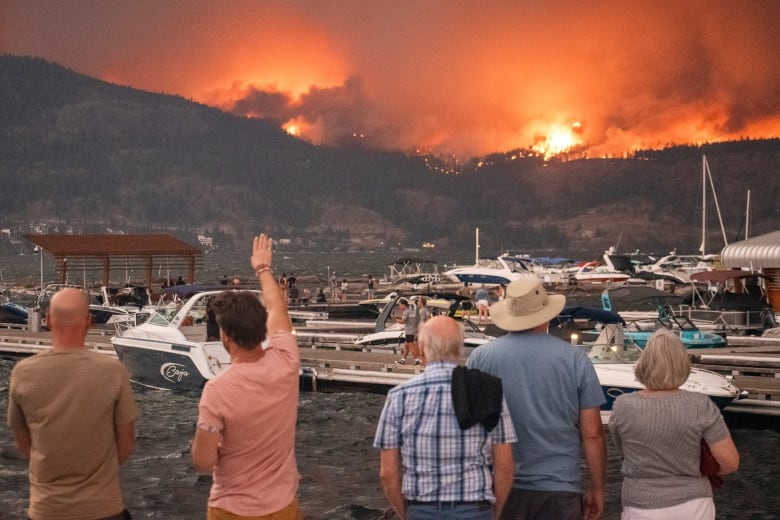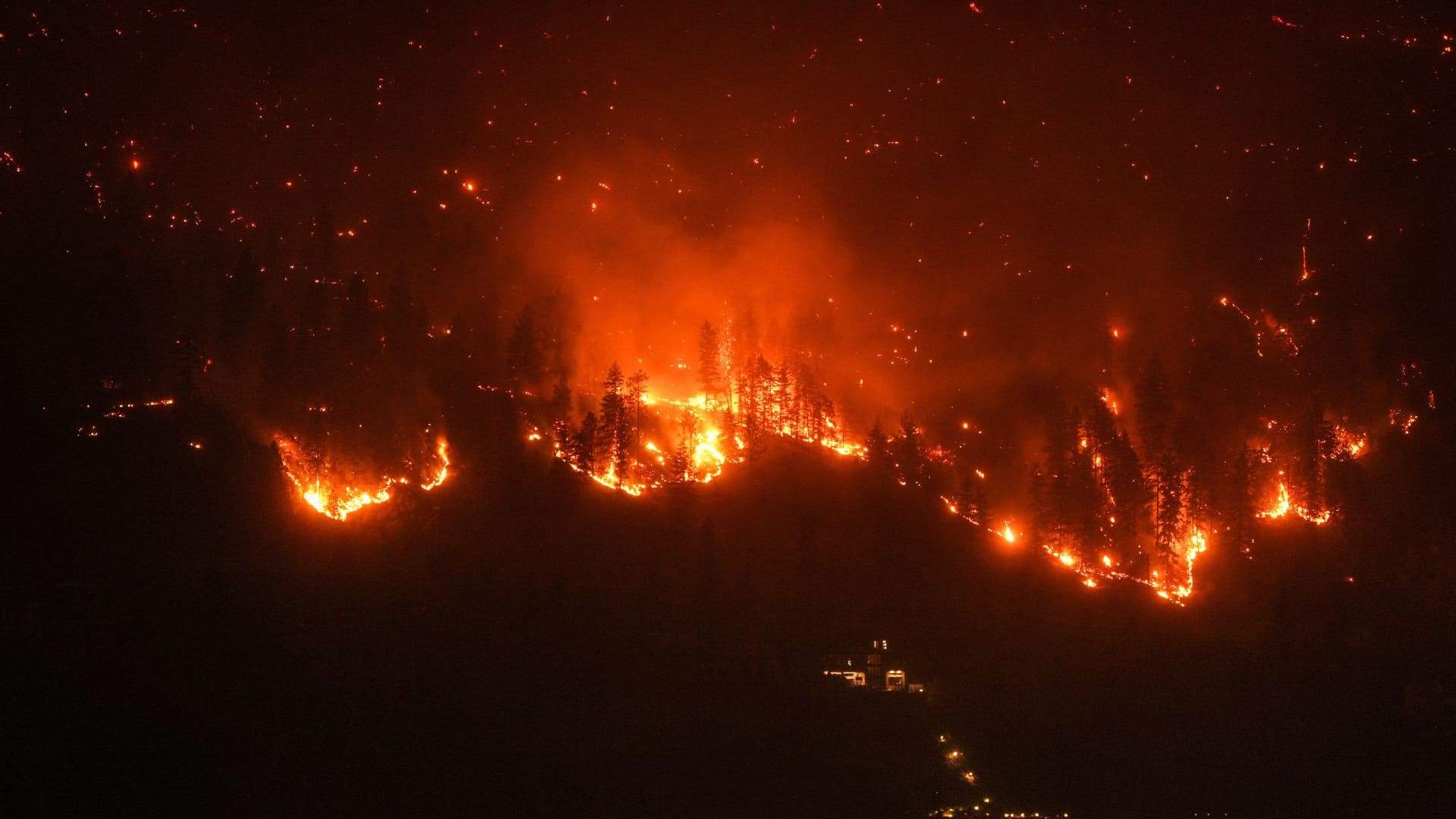
Arctic outflow winds that swept across Western Canada in mid-January led to long wait times for those who needed pipe repairs and set a new record for energy usage in B.C., as people cranked up the heat.
It also led to more than $180 million in insured damages in B.C., Alberta and Saskatchewan, according to estimates from the Insurance Bureau of Canada (IBC).
B.C. incurred a lion’s share of that amount, racking up about $140 million in insured damages, according to Rob de Pruis, the bureau’s national director of consumer and industry relations.
He said 70 per cent of insurance claims related to the cold snap were for personal property and damage caused by frozen and burst water pipes.
The Early Edition7:39January’s cold snap amounted to $180M in insured damages for Western Canada
Rob de Pruis, the national director for Insurance Bureau of Canada, is advising people to be proactive in preventing property damage in anticipation of future extreme weather events.
“An extreme cold snap … causing this much damage, that’s pretty unusual,” de Pruis told CBC’s The Early Edition.
Temperatures plunged below –45 C in some parts of B.C., breaking a number of weather records between Jan. 11 and 15.
It is the latest in a series of severe weather events over the last few years, which has underscored concerns about the growing economic cost of weather-related disasters — and the rising cost of insurance coverage for insurers and taxpayers, de Pruis said.
Between 2001 and 2010, Canadian insurers averaged $675 million a year in losses related to severe weather, but now exceed $2 billion annually, according to IBC.
Climate change has made extreme weather more common in Canada. And the accompanying disasters such as floods and fires have made home insurance more expensive — if you can get it all.
In 2023, insured damages from severe weather exceeded $3.1 billion nationally, making it the fourth most expensive year on record.
Among these events, the wildfires in B.C.’s Shuswap and Okanagan regions stood out as the most expensive, accounting for a combined total of $720 million.
“We’re not only seeing more of these events, but they’re more severe and we are seeing homes and businesses being impacted significantly,” de Pruis said.
Strain for homeowners, insurers
Fire damage, including damage from wildfires, is covered under most home insurance policies, according to IBC.
Likewise, if a vehicle has been damaged by fire, flood or weather, customers are covered by optional insurance coverages – comprehensive or specified perils – according to the Insurance Corporation of British Columbia (ICBC).
If the insurance provider doesn’t offer coverage for extreme weather-related events, British Columbians can opt in to the federal Disaster Financial Assistance Arrangements (DFAA) program if the provincial government declares the event eligible.
The program has been available for communities in the B.C.’s Fraser Valley that were affected by devastating floods and landslides in November 2021.

Andrew Janzen, a South Surrey-based insurance broker, says insurers are still dealing with the volume of claims more than two years after the disaster.
The federal government estimates it will need to pay almost $3.4 billion for its share of the disaster recovery bills.
“Only 40 per cent of that amount has been paid,” Janzen, who is also the chair of the Insurance Brokers Association of B.C., told CBC News.
A Canadian Press analysis of data on the DFAA program shows it takes on average seven years for all disaster aid to flow — and as long as 10 to 15 years in several cases.
As climate disasters become more frequent, the insurance market is coming under increasing strain, says Janzen.

“Extreme weather is definitely creating challenges from an insurance standpoint … this does translate to less options and increased costs for consumers,” he told CBC News.
Home insurance and mortgage insurance have climbed an average of 33 per cent over the five-year period from April 1, 2018, to the same month in 2023, according to Statistics Canada.
Janzen adds insurance companies are increasingly limiting or hiking rates for the kinds of damages they’ll cover.
“We have observed insurers withdrawing capacity from areas they see as high-risk.”

This has been the case for overland flooding insurance, which is usually available for homeowners outside of flood-prone areas but not to those whose property falls within an area that is considered high-risk.
Last year, Ottawa committed $31.7 million in funding for Public Safety Canada — the federal ministry of public safety — and the Canada Mortgage and Housing Corporation to set up Canada’s first National Flood Insurance Program.
It aims to help protect homes at the highest risk of flooding, but the program hasn’t made much progress, according to Brad Vis, the Conservative MP for the riding of Mission–Matsqui–Fraser Canyon, who said many people in his riding are anxiously watching the weather for future disasters.
In an email to CBC News, Tim Warmington, a spokesperson for Public Safety Canada said the government will be reconvening a task force to engage with the insurance industry, provinces and territories on the development of a flood insurance program “with the objective of outlining market conditions required to successfully implement the program in Canada.”
Preparation to mitigate risks
In its February budget, the B.C. government allocated $405 million over the next four years to manage the impacts of climate change and related emergencies.
That includes $18 million for response and recovery programs and $234 million in funding to increase flood and drought resiliency.
Amine Ouazad, an expert on climate risk in mortgage markets, said the province must spend more on disaster risk preparedness and disaster recovery.
“This is a good start but only a moderate amount given the evidence about the cost of previous natural disasters in B.C.,” said Ouazad, an associate professor in finance and economics at Rutgers Business School in New Jersey.
It’s prudent for homeowners to “adapt your houses” in anticipation of floods and wildfires, Ouazard said.
“For wildfires, cut trees around your house, allocate defensible space around the house to avoid the accumulation of flying embers,” he said.
“For floods, depending on your area, install a sump pump, a backwater valve, and waterproof your basement.”
Meanwhile, with the global El Niño weather system, forecasts suggest 2024 could be even hotter.
“There doesn’t really seem to be any downtime for severe weather,” said de Pruis.

